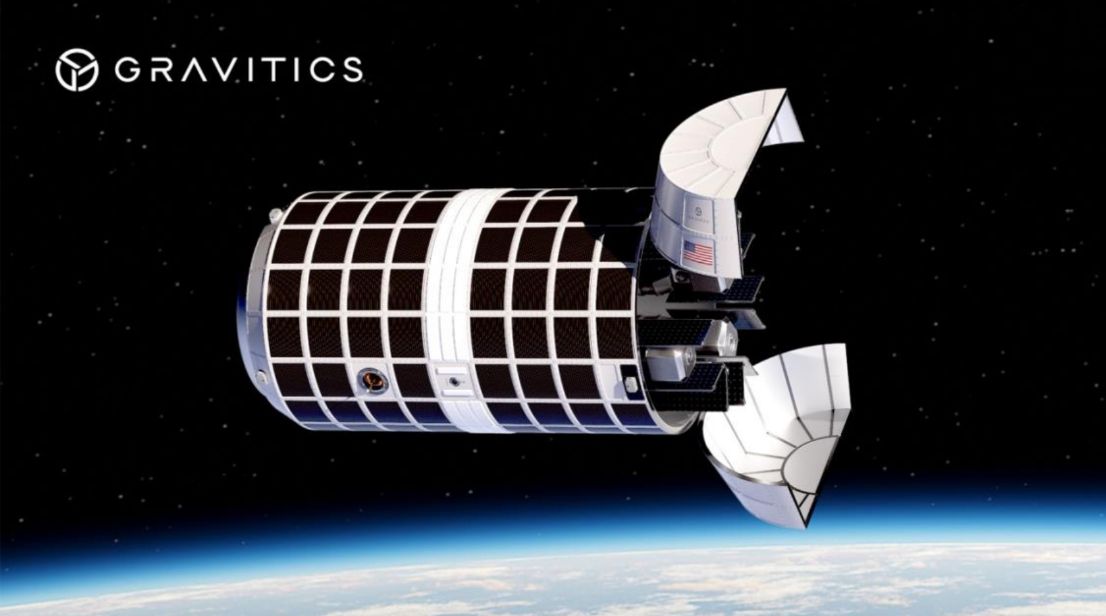
In recent years the US military has made much of a concept known as tactically responsive launch. This essentially means that if there is some rapidly developing threat in space—say an adversary takes out a key national defense satellite—the military would like the capability to rapidly fuel a satellite on Earth, mate it to a rocket, and launch it into space.
The US Space Force first demonstrated this tactically responsive capability with a launch on Firefly’s Alpha rocket in 2023. As part of this “Victus Nox” test flight, a satellite was encapsulated into a payload fairing and mated to the rocket and completed all final launch preparations within 27 hours.
But what if there were an even faster way to respond? That’s the vision behind a new, $60 million federal award to a new space company named Gravitics for a concept called an orbital carrier.
“In many ways it’s kind of like what an aircraft carrier does,” said Jon Goff, director of advanced concepts for the Seattle-based company.
Shielding satellites
In interviews about the concept with Ars, company officials were fairly vague about specific details of what orbital carriers will be able to do. A news release published on Wednesday morning, highlighting the Strategic Funding Increase, or STRATFI grant from the United States Space Force, also lacks specifics. The Space Force would prefer to keep the vehicle’s operational capabilities under wraps.
But in general, the idea is to provide an unpressurized module in which one or more satellites can be pre-positioned in orbit.
Such a module would isolate the satellites from the space environment, sparing their batteries and sensitive electronics from harsh thermal cycles every 90 minutes, and provide some shielding from radiation. In addition the orbital carrier would obfuscate the satellites inside from observation by other nations or hostile actors in space. Then, when a satellite is needed, it can be deployed into multiple orbits by the carrier.






















+ There are no comments
Add yours